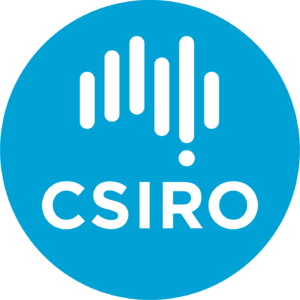Gamba grass (Andropogon gayanus) was introduced to Australia as a pasture grass from Africa. It has become a significant environmental weed and is considered an ecosystem transformer, posing multiple threats to savanna ecosystems of northern Australia. Of particular importance is its capacity to increase fuel loads, resulting in intense fires that may subsequently lead to permanent transformation of the structure and diversity of the ecosystems it invades. Despite its listing as a key threatening process under the Commonwealth Environment Protection and Biodiversity Conservation Act 1999, gamba grass has continued to spread through the Northern Territory, Queensland and Western Australia.
One of the major problems limiting the effective management of gamba grass once it’s established as an environmental weed is the lack of registered herbicides for use in natural systems and conservation areas. Glyphosate is the primary herbicide in use in northern Australia and the only herbicide registered for use on protected land. However, non-selective herbicides such as glyphosate have significant off-target impacts on native vegetation. Other herbicides have been trialled with varying success as soil and/or foliar applications. However, none have consistently proven effective at recommended rates of application or if they are effective, they also have negative impacts on non-target species.
There are numerous logistical issues with the widespread use of glyphosate in the north – application relies on large, heavy and expensive spray equipment as well as access to clean water which can be difficult to manage in remote areas. The herbicide must be applied during the hot and rainy growing season which often limits or prevents access. Additionally, glyphosate has no residual action and its effectiveness relies on follow-up treatments, and there are emerging resistance issues. Alternative herbicides are critical as insurance against future limitations on the use of glyphosate, to combat resistance, and to allow effective, timely control in the ecosystems of Cape York Peninsula and across northern Australia.
This project sought to determine whether there was a suitable alternative to glyphosate that selectively controls gamba grass with low off-target effects on native vegetation.
This project sought to identify alternative herbicide options for gamba grass by:

Gamba grass can spread quickly, threatening assets such as protected areas. Gamba data from ALA 2018. Protected area data from CAPAD 2016.
This project was led by Dr Helen Murphy from CSIRO, with field monitoring by CSIRO’s Matt Bradford and Andrew Ford. Dr Murphy was assisted by Queensland Government staff, particularly form the Hann Tableland National Park, as well as researchers from Charles Darwin University and The University of Western Australia.
This project was completed in June 2021.
Contact
Helen Murphy, CSIRO
E: helen.murphy@csiro.au


